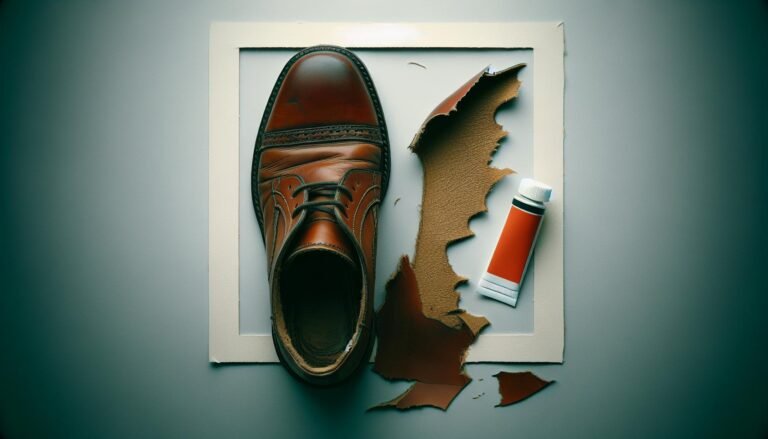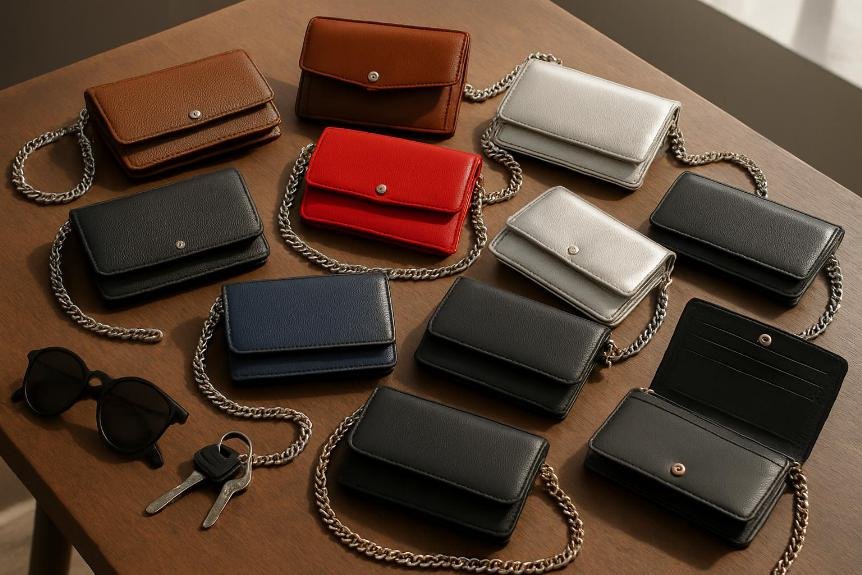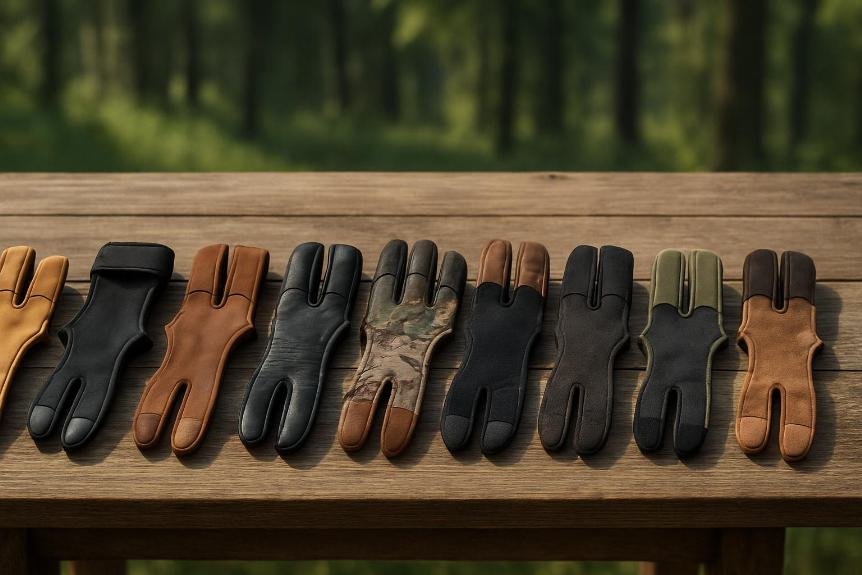How to Store Winter Shoes: Effective Tips for Maintaining Quality and Longevity
Storing winter shoes correctly can extend their life and keep them looking great for next season. The best way to store winter shoes includes cleaning them thoroughly, choosing a suitable storage location, and using proper storage solutions. With the right approach, it becomes easy to keep shoes organized and in good shape until the colder months return.
Key Takeaways
- Clean and dry shoes thoroughly before storage.
- Choose a cool, dry, and well-ventilated area for storage.
- Use boxes or bins to maximize space and keep shoes organized.
Many people overlook the importance of proper shoe storage, leading to damage and deterioration. Understanding how to prepare shoes before putting them away makes a significant difference. By creating a suitable environment for storage, one can effectively prevent issues like mold or warping.
Taking time to invest in your shoe storage can save both money and effort in the long run. Properly stored winter shoes will be ready to wear as soon as the chill hits, making getting dressed in cold weather much simpler.
Understanding the Basics of Shoe Storage
Proper shoe storage is essential for maintaining the quality and lifespan of winter shoes. Effective organization helps protect shoes from damage while making them easy to access whenever needed. Here are key points about the importance of storage and the various solutions available.
Importance of Proper Shoe Storage
Storing shoes incorrectly can lead to misshaping, discoloration, and damage. For winter shoes, which often come with materials like leather or waterproof fabrics, protection is crucial.
Keeping shoes in a cool, dry place prevents mildew and moisture buildup. Humidity can cause materials to break down over time.
Using breathable containers is beneficial, allowing air circulation while keeping dust out. It’s also important to clean shoes before storage to avoid stains and odors.
Using silica packets in storage can help absorb excess moisture. Regularly checking on stored shoes ensures early detection of any potential problems.
Different Types of Shoe Storage Solutions
There are several effective shoe storage solutions that cater to different needs.
- Clear bins: These are great for visibility. They allow he or she to see the contents quickly.
- Shoe racks: Ideal for quick access. These can be placed in closets or entryways.
- Shoe trees: These help maintain the shape of shoes, especially for leather options.
- Hanging organizers: Useful for smaller spaces, they maximize vertical storage.
- Stackable drawers: They provide a neat and organized way to store multiple pairs without taking up too much space.
Choosing the right storage method often depends on available space and personal preferences. The key is to keep shoes safe and organized for ease of access when the cold winter months arrive.
Preparing Your Winter Shoes for Storage
Before putting away winter shoes, it is essential to clean and maintain them properly. This ensures that they stay in good condition and are ready to wear when the cold weather returns. Different types of winter shoes may require specific care, especially kids’ shoes, which can get dirtier or wear out faster.
Cleaning and Maintenance Before Storage
To begin, remove any dirt or mud from the shoes using a soft brush or cloth. For leather shoes, wipe them down with a damp cloth and allow them to dry completely. Applying a leather conditioner can help prevent cracking while in storage.
For fabric shoes, gently clean them with a suitable cleaner and allow them to air dry. Inspect each pair for damages, such as loose seams or worn-out soles, and repair them if needed.
Finally, ensure that shoes are completely dry before storage. Moisture can lead to mold and mildew, ruining the shoes. Using silica packs during storage can help absorb excess moisture and keep shoes fresh.
Tips for Storing Different Types of Winter Shoes
Winter shoes come in various types, including boots, snowshoes, and regular footwear. For boots, it’s best to store them upright to maintain their shape. Using boot trees can be beneficial for taller styles.
When storing snowshoes, keep them in a cool, dry place, away from direct sunlight. A breathable container can help prevent moisture buildup.
For kids’ shoes, it’s essential to check their size at the end of the season. The shoes should be boxed neatly to prevent them from being crushed. Labeling the boxes can help identify the right sizes when the next season arrives.
Proper preparation ensures that winter shoes remain in great condition for the next cold season.
Choosing the Right Storage Solutions
Finding the right storage for winter shoes is essential to keeping them in good condition. Different options suit various needs, from traditional organizers to creative solutions for smaller spaces.
Pros and Cons of Various Shoe Organizers
Shoe organizers come in many forms. Here are some popular types:
- Storage bins: These are great for protecting shoes from dust and moisture. They are stackable, saving space. However, it can be challenging to see the contents without opening each one.
- Shoe racks: These are ideal for easy access and visibility. They can hold multiple pairs, making them practical. On the downside, they can occupy more floor space.
- Hanging organizers: Perfect for small spaces, these fit over doors. They keep shoes visible and accessible but may not support heavy winter boots.
- Shelf dividers: These help keep pairs separate on shelves. They create order but require enough shelf space.
Each type has benefits and drawbacks, so choosing the right fit is essential.
Creative Storage Options for Limited Spaces
For those with limited space, creativity is key. Here are some useful ideas:
- Use under-bed storage: Long, flat bins can slide under the bed. This is an excellent way to keep shoes out of sight while saving room.
- Repurpose furniture: A vintage trunk or decorative box can serve as both storage and décor. This adds character to the room.
- Over-the-door racks: These maximize vertical space. They are perfect for small rooms by keeping shoes organized and accessible.
- Cubbies or baskets: These can be stacked or placed on shelves. They easily store shoes while maintaining a tidy appearance.
Considering both traditional and creative options helps ensure that winter shoes remain well-organized and protected.
Maximizing Closet Space for Shoe Storage

Efficient shoe storage starts with effective use of closet space. By organizing vertically and strategically arranging shoes, one can create a functional and easy-to-navigate shoe collection.
Utilizing Vertical Space in Closets
Vertical space is often underused in many closets. Using shelving or hanging racks can free up floor space and provide more room for shoes.
A metal shoe rack is an excellent choice because it occupies minimal space while maximizing capacity.
Install shelves at different heights to accommodate various shoe styles, from heels to boots. Consider using stackable storage boxes for seasonal shoes. These clear boxes allow visibility and keep shoes protected.
Hooks or over-the-door organizers can hold sandals or flip-flops, making them easily accessible. By making use of vertical space, a closet becomes more organized and allows for a greater shoe collection without overcrowding.
Strategies for Arranging Shoes in a Closet
Arranging shoes neatly can save time and space. One effective method is to group shoes by type or size.
Boots can be placed on the bottom shelf to prevent them from bending. Use cubbies or specific compartments for heels, flats, and sports shoes.
When stacking, it is best to place the heavier shoes at the bottom and the lighter ones at the top. This keeps the structure stable and easier to navigate.
Additionally, rotating shoes seasonally ensures that winter boots are easily accessible when needed. An organized closet not only maximizes space but also simplifies the daily routine.
Maintaining and Accessing Stored Winter Shoes
Proper care and access to winter shoes during the off-season are essential for keeping them in top condition. By focusing on freshness and organized storage, they can be preserved for future use.
Keeping Shoes Fresh During Off-Season
To maintain freshness, start by cleaning shoes thoroughly before storage. A soft brush can remove dirt and mud. For leather shoes, a gentle cleanser and conditioner can prevent cracking and drying.
When storing, choose breathable containers or see-through plastic bins. These options allow visibility and protect shoes from dust and light. Avoid storing shoes in direct sunlight to prevent fading.
Tip: Use silica gel packets to absorb moisture, which helps prevent mold and odors.
Before taking out stored shoes, inspect them for any signs of wear or damage. This proactive step ensures they are ready for wear when needed.
Easy Access and Rotation of Seasonal Footwear
Organizing shoes for easy access makes it simple to find and rotate footwear. Use a shoe rack or designated space for winter shoes. This keeps them visible and encourages regular use, preventing them from becoming forgotten.
Storage Tip: Group shoes by type, such as boots, ankle boots, and casual footwear. This way, it’s easy to select the right pair quickly.
Consider using boot trees for tall boots and clip hangers for shorter styles. These methods maintain their shape and prevent creasing.
Label bins or containers for extra clarity. This system allows quick identification of needed styles and helps in maintaining an organized collection.










